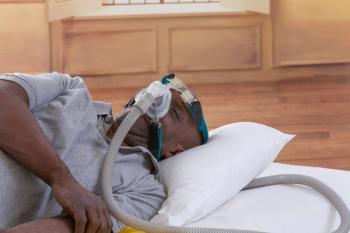
Expanded List of Unnecessary Medical Tests Aims to Reduce Healthcare Spending
The Choosing Wisely campaign, an initiative of the American Board of Internal Medicine, is focused on encouraging physicians, patients, and other healthcare stakeholders to think and talk about medical tests and procedures that may be unnecessary, and in some instances can cause harm. Just this week, the leaders behind this initiative added a number of do's and don'ts to their growing list.
The Choosing Wisely campaign, an initiative of the American Board of Internal Medicine, “is focused on encouraging physicians, patients, and other healthcare stakeholders to think and talk about medical tests and procedures that may be unnecessary, and in some instances can cause harm.” Just this week, the leaders behind this initiative added a number of “do’s” and “don’ts” to their growing list.
- Supported by evidence
- Not duplicative of other tests/procedures that have already been given to the patient
- Free from harm
- Truly necessary
Don't induce labor or perform a cesarean section for a baby who's less than full-term unless there's a valid medical reason, say the American College of Obstetrics and Gynecology and the American Academy of Family Physicians. (It can increase the risk of learning disabilities and respiratory problems.)
Don't automatically do a CT scan on a child with a minor head injury, warns the American Academy of Pediatrics. (Currently half of all such children get them, when simple observation is just as good and spares radiation risk.)
Don't try to normalize blood sugar in most patients with diabetes older than 65 years, exhorts the American Geriatrics Society. (It can lead to higher mortality rates.)
The latest addendum to the growing list brings the total number of tests and procedures that are often times unnecessary to 90. Even more impressive is that 17 organizations representing over 350,000 physicians have contributed to the list.
Around the Web
Newsletter
Stay ahead of policy, cost, and value—subscribe to AJMC for expert insights at the intersection of clinical care and health economics.













































